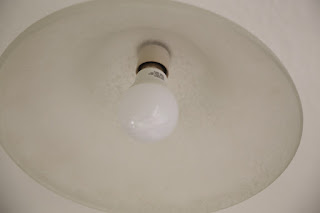How to install solar panels
In order to generate electricity for both commercial and home use, solar panels are used. For getting maximum possible sunlight and generate maximum electricity from the system, photovoltaic panels are installed on the roof top in both cases. Following steps are followed in the installation process:First Step: Installing Mounting Structures of Solar PanelsIn the first step, the mounts are required to be fixed for supporting the solar panels. It can be Roof-ground mounts or flush mounts which dependent on the requirement. This base structure provides support and strength. Precaution is taken on direction in which the PV panels (mono crystalline or poly crystalline) will be installed. The best direction to face solar panels is south for countries in the Northern Hemisphere because it gets maximum sunlight. East and West directions will also do. On the other hand, the best direction is north for countries in the Southern Hemisphere. The mounting structure needs to be slightly tilted. Angle of the tilt depends on the latitude of the location. Typically, it is in between 18 to 36 Degree. In order to increase the conversion efficiency, a solar tracker can be used. Second Step: Solar Panels Installation In the second step, solar panels are required to be fixed with mounting structures. By tightening nuts and bolts, the installation process can be done. Precaution is taken to secure the whole structure appropriately so that it is robust and persists extended. Third Step: Electrical Wiring In the third step, electrical wiring is done. Universal Connectors such as MC4 are used during wiring as these types of connectors can be connected with all type of solar panels. These panels must be electrically connected with each other in following series:Series Connection: In this type of connection, the Positive (+) Wire is of one PV module is connected to the Negative (–) Wire of another module. This type of wiring increases the voltage match with the battery bank.Parallel Connection: In this type of connection, Positive (+) to Positive (+) and Negative (–) to Negative (–) connection is done. In this type, wiring voltage of each panel remains same.Fourth Step: Connecting the System to PV InverterIn the fourth step, the system is required to be connected to a PV inverter. The Positive wire from the solar panel is connected to the Positive terminal of the inverter and the Negative wire is connected to the Negative terminal of the inverter. In order to generate electricity, the PV inverter is then connected to the Solar Battery and Grid input. Fifth Step: Connecting PV Inverter and Solar BatteryIn the fifth step, the PV inverter and the solar battery are required to be connected. The positive terminal of the battery is connected with the positive terminal of the inverter and negative to negative. In order to store electricity backup, battery is required in off grid solar system.Sixth Step: Connect Solar Inverter to the Grid In the sixth step, the inverter is required to be connected to the grid. For creating this connection, a normal plug is used to connect to the main power switch board. For supplying electricity to the home, an output wire is connected with electric board. Seventh Step: Starting PV Inverter After completing all the electrical wiring and connections, the PV inverter is required to be switched ON the Main Switch of the Home. Digital display of the PV inverter shows you stats regarding generation and usage of solar unit.
https://creategreenplanet.blogspot.com/feeds/7150363668890156923/comments/default


Komentar
Posting Komentar